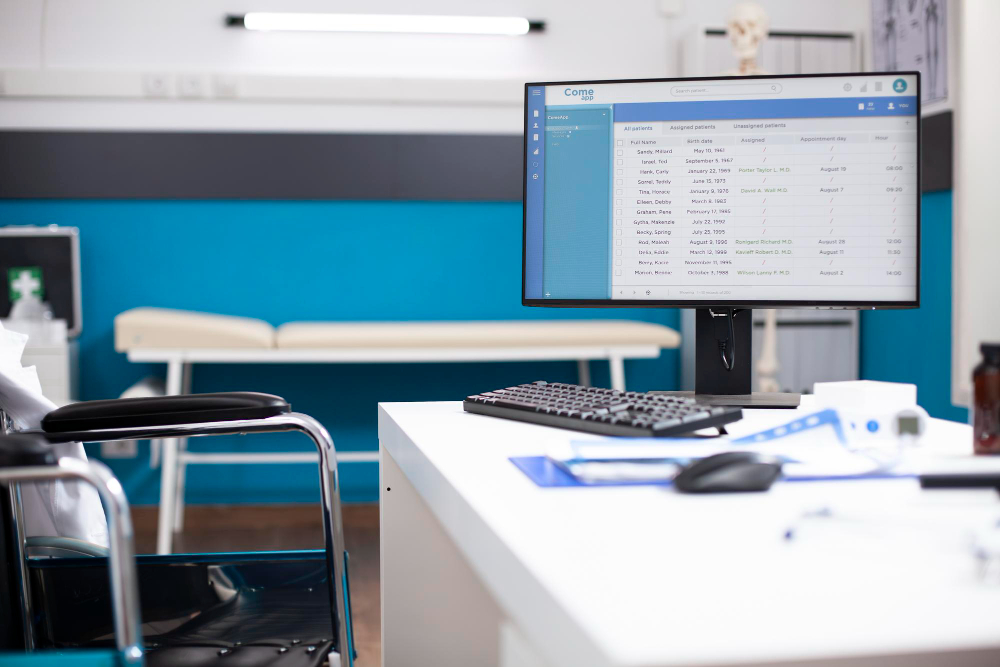Imagine a busy hospital morning where monitors suddenly go dark and an ominous message appears: “Your files are encrypted”. All patient records are locked out, delaying surgeries and emergency treatments. This alarming scene highlights how a single disaster whether ransomware or a major power outage can grind hospital operations to a halt without reliable backups. How can healthcare facilities ensure patient care continues even when crisis strikes?
Why Backup and Disaster Recovery is Essential
Hospitals cannot afford prolonged downtime or data loss, because delays in accessing medical records can directly endanger patients. For example, a major 2024 ransomware attack in the U.S. took a hospital network offline for two weeks, forcing ambulances to reroute and doctors to use paper charts. In Nigeria and West Africa, even everyday disruptions like frequent power outages and unreliable internet occur often. Hospitals often rely on generators and backup power to keep critical systems alive. Without a strong BDR plan, even routine glitches or accidents can become crises: one Lagos hospital saw hundreds of patient files leak online after a stolen laptop (used as a makeshift backup) was taken. These incidents not only interrupt treatment but also erode patient trust data breaches in healthcare “erode trust” and can make people afraid to share sensitive health information.
Key Steps for a Strong BDR Strategy
- Back up data frequently and automatically
- Store backups securely and in multiple locations
- Create a written disaster recovery plan and test it regularly
- Include both digital and manual fallback processes
- Work with security experts like Clarensec to design resilient systems
By preparing in advance securing data, planning responses, and training staff hospitals can ensure that patient care continues even if systems fail. Clarensec helps healthcare organizations build and test these plans: consultants work with hospital leadership to create realistic backup policies, train staff on recovery procedures, and deploy practical tools to safeguard patient data. With measures like frequent automated backups, encrypted offsite storage, and regular recovery drills, hospitals in Nigeria and West Africa can maintain critical services and protect patients under extreme conditions. Proactive BDR preparation preserves patient trust and keeps healthcare moving, no matter what happens.



